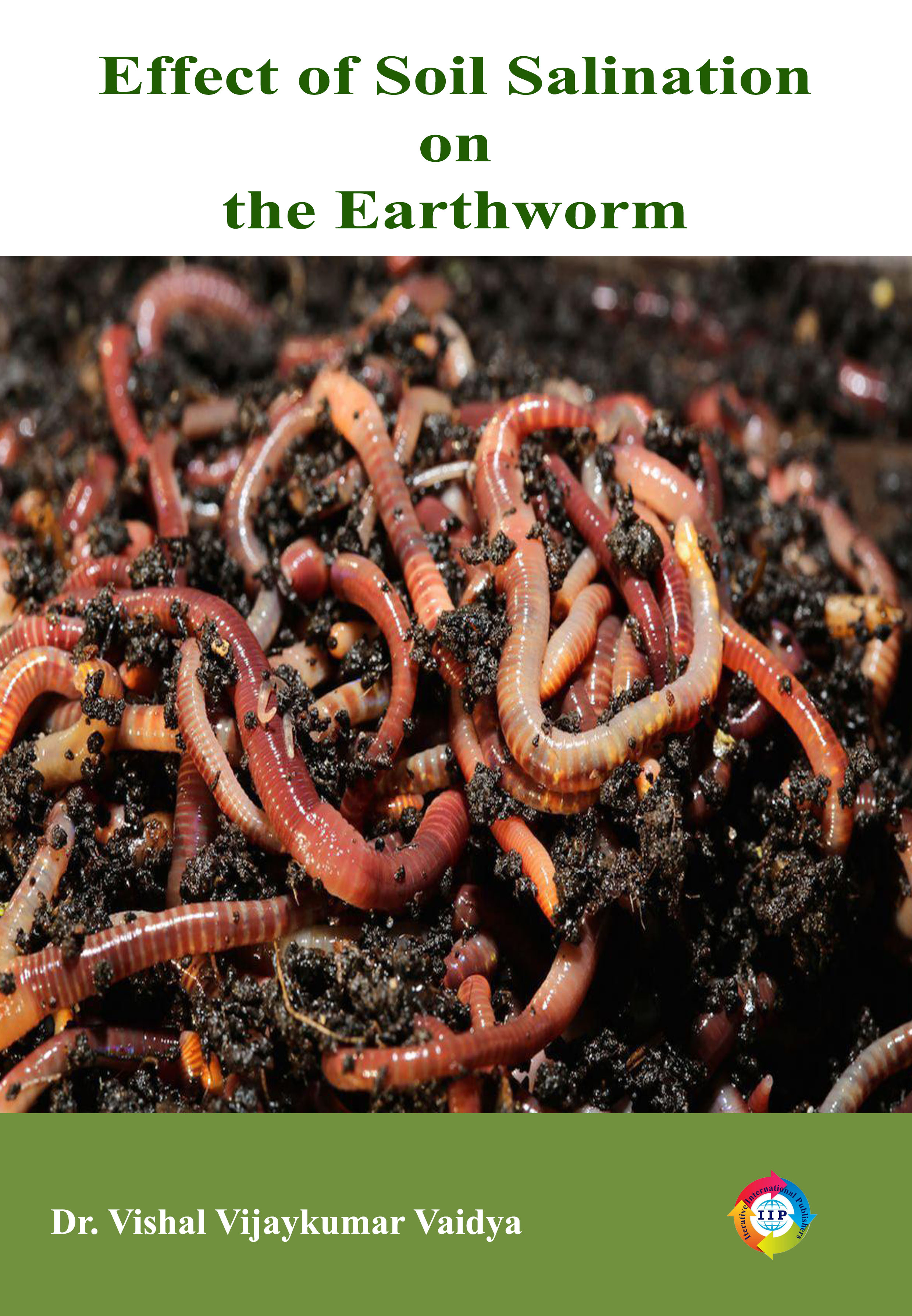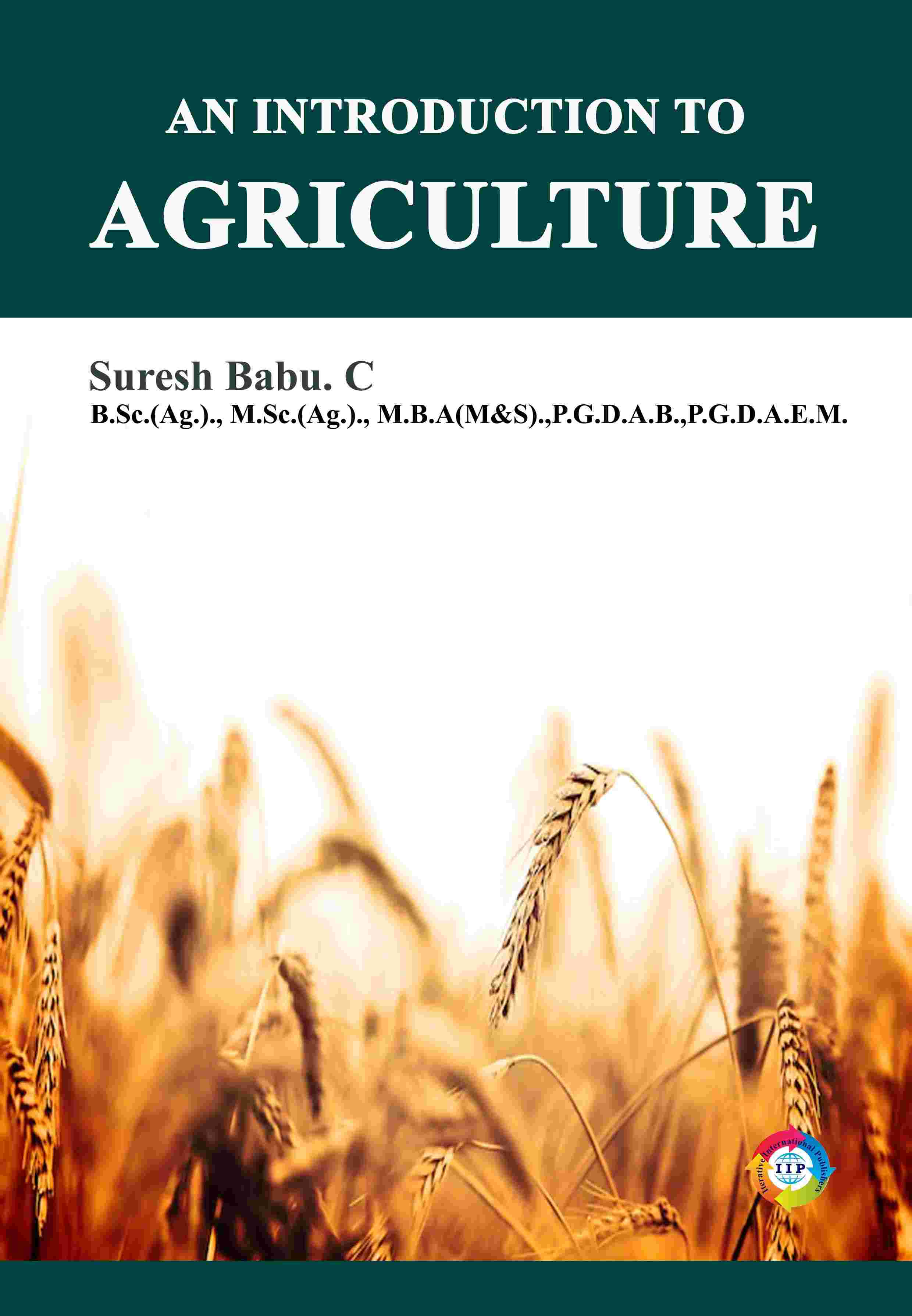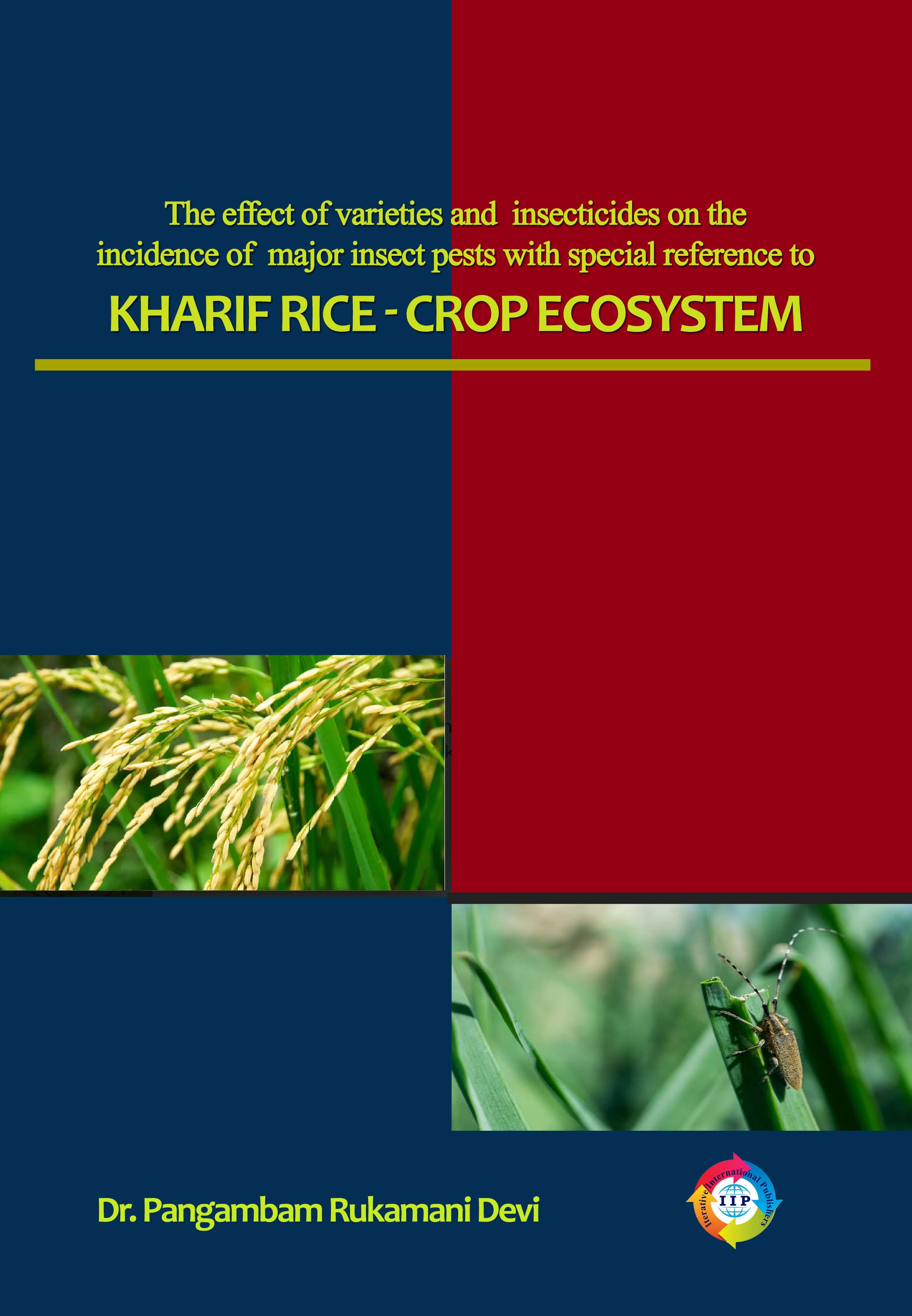
EFFECT OF SOIL SALINATION ON THE EARTHWORM
-
TypePrint
- CategoryAcademic
- Sub CategoryText Book
- StreamAgriculture & Food Science
Escape or startle reflexes are characteristically seen in many representatives of the Phylum Annelida. They occur in response to stimuli that have sudden or unexpected onset and result in short latency, fast motor acts involving avoidance or evasion. Escape responses are mediated by giant nerve fibers whose activity can be readily detected from the ventral surface of intact segments of the worm in response to tactile stimulation at either end of the animal. This leads to the possibility that neurotoxic effects of chemicals can be quantified by assessing alterations in the sequence of bioelectrical events underlying the worm's rapid escape response. In the first chapter effort has been expended to screen the soil ecology and bionomics of earthworms. In soil ecology salts affected soil parameters like carbonates, bicarbonates, chlorides and sulphates have been studied. In India nearly 8.1 million hectares of soil is badly affected due to excess salts.
The lethal dose of sodium chloride for 50 % mortality (LD50) along with standard deviation, 95 % fiducial limit, and homogeneity of earthworm Polypheretima elongata for 24, 48, 72, and 96 h. has been determined and presented in chapter 2. The investigation clearly shows that the earthworm survived well from 1 to 7gm / 100gm of soil for 24 h, 1 to 5gm / 100 gm soil for 48 h, 1 to 4 gm / 100 gm soil for 72 h, 1 to 2 gm /100gm soil for 96 h of sodium chloride. The survival rate of earthworm gradually decreased in all media with an increase in dose of sodium chloride. The observed lethal dose (LD50) for 24, 48, 72 and 96 h were ascertained to be 10.5, 7.1, 5.5 and 3.1gm /100gm soil respectively.
In the third chapter results of the studies on excretory physiology have been included. Excretory products such as, Urea and uric acid have been quantified in the nephridial extract of Polypheretima elongata. Effect of sublethal dose of sodium chloride on the excretory products urea and uric acid is presented.
The fourth chapter consists of the effects of doses of sodium chloride on the ovary of Polypheretima elongata. The result shows that there was a significant decrease in the number of differentiated oocytes after exposure to the sublethal dose of sodium chloride for 5 days. Sodium chloride also induced drastic arrest of ovarian maturation and initiated the ovarian degeneration.
In the fifth chapter results on biochemical changes as a function of the effect of sublethal dose of sodium chloride have been included. The biochemical constituents such as proteins, glycogen and lipids in the whole body tissue of Polypheretima elongata and variations in them in response to the effect of doses of sodium chloride are presented.
In the sixth chapter efforts have been expended to study the neuroendocrine system of Polypheretima elongata at light microscopic level. Histomorphological profile of different ganglia such as suprapharyngeal, subpharyngeal and ventral nerve ganglia of Polypheretima elongata are reported. In addition changes in the histomorphological features of supra and subpharyngeal ganglia in response to doses of sodium chloride are also screened. A note on the anatomical features of central nervous system is also included.
**Note: IIP Store is the best place to buy books published by Iterative International Publishers. Price at IIP Store is always less than Amazon, Amazon Kindle, and Flipkart.





COMMENTS
No Review found for book with Book title. EFFECT OF SOIL SALINATION ON THE EARTHWORM